Blue brands cater to a diverse group of audiences from different backgrounds and levels of ability. For example, government agencies will often promote services, campaigns and ideas in different languages for culturally and linguistically diverse (CALD) audiences. But did you know there are steps you can take to make your social media presence more accessible to those with a disability?
What is social media accessibility?
Social media accessibility involves creating and designing content on social media platforms in a way that ensures a seamless and inclusive experience for all users. This includes considerations for users who may have visual, auditory, cognitive or motor impairments.
In Australia, 1-in-6 people are living with a disability. Social media can become frustrating for users with unique needs because if content is not accessible, it makes it difficult to engage and access critical information.
So how can you ensure your social media is more inclusive? Here are some guidelines to consider for your social media strategy…
1. Always add alt text to images
Alternative text, or ‘alt text’ as it’s more commonly known, is an informative description of text for images so that a screen reader can convey the content to visually impaired users. (A screen reader is an assistive technology that reads the description to people with vision impairments).
The use of alt text also offers benefits for your search engine ranking because it provides search engines with contextual information about the content on the page.
- How to add alt text on Facebook
- How to add alt text on Instagram
- How to add alt text on LinkedIn
- How to add alt text on X (Twitter)
- How to add alt text on Pinterest
- How to add alt text on TikTok (videos)
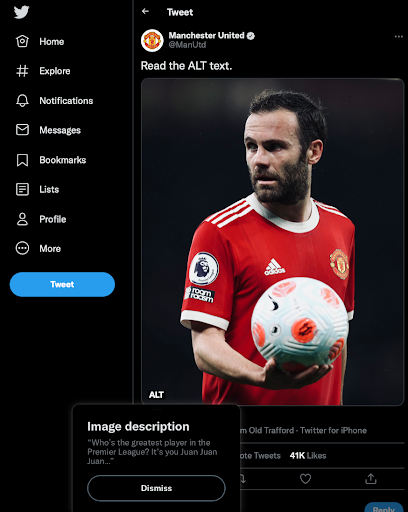
2. Add closed captions or subtitles to your videos
Adding subtitles to videos should be a given, as most people will scroll through Facebook or Instagram with the sound off. But for those with hearing loss or cognitive disabilities, it’s even more important because it helps them understand the content in your video.
It’s also another boost for your search engine optimisation (SEO). Google crawls through your transcripts and captions which increases your keyword density.
- How to add captions on Facebook
- How to add captions on Instagram
- How to add captions on TikTok
- How to add captions on YouTube
- How to add captions on X (Twitter)
3. Make your post copy accessible
When you’re writing the copy for a social media post, think about how easy it is to read the text. Not just from a language point of view, but visually as well. Here are some best practices for accessible text:
- Write in plain language. Avoid using jargon or technical terminology.
- Format your hashtags in Pascal Case (i.e. capitalising the first letter of each word #LikeThis).
- Avoid using ALL CAPS or aLtErNaTiNg CaPs. That’s so 2004…
- Put all of your mentions and hashtags at the end of your post to help with the flow, particularly for screen readers.
- Spell abbreviations and acronyms first to avoid confusion and add full stops between them, for example, search engine optimisation (S.E.O).
4. Make your visuals accessible
Like your post copy, there are a number of ways you can make your visuals more accessible for people with photosensitivity or colour-blindness.:
- Use high contrast to make the text easy to read on your background. Use the 4:5:1 contrast.
- Avoid excessive use of text.
- Avoid animations or GIFs with flashing or excessive movement.
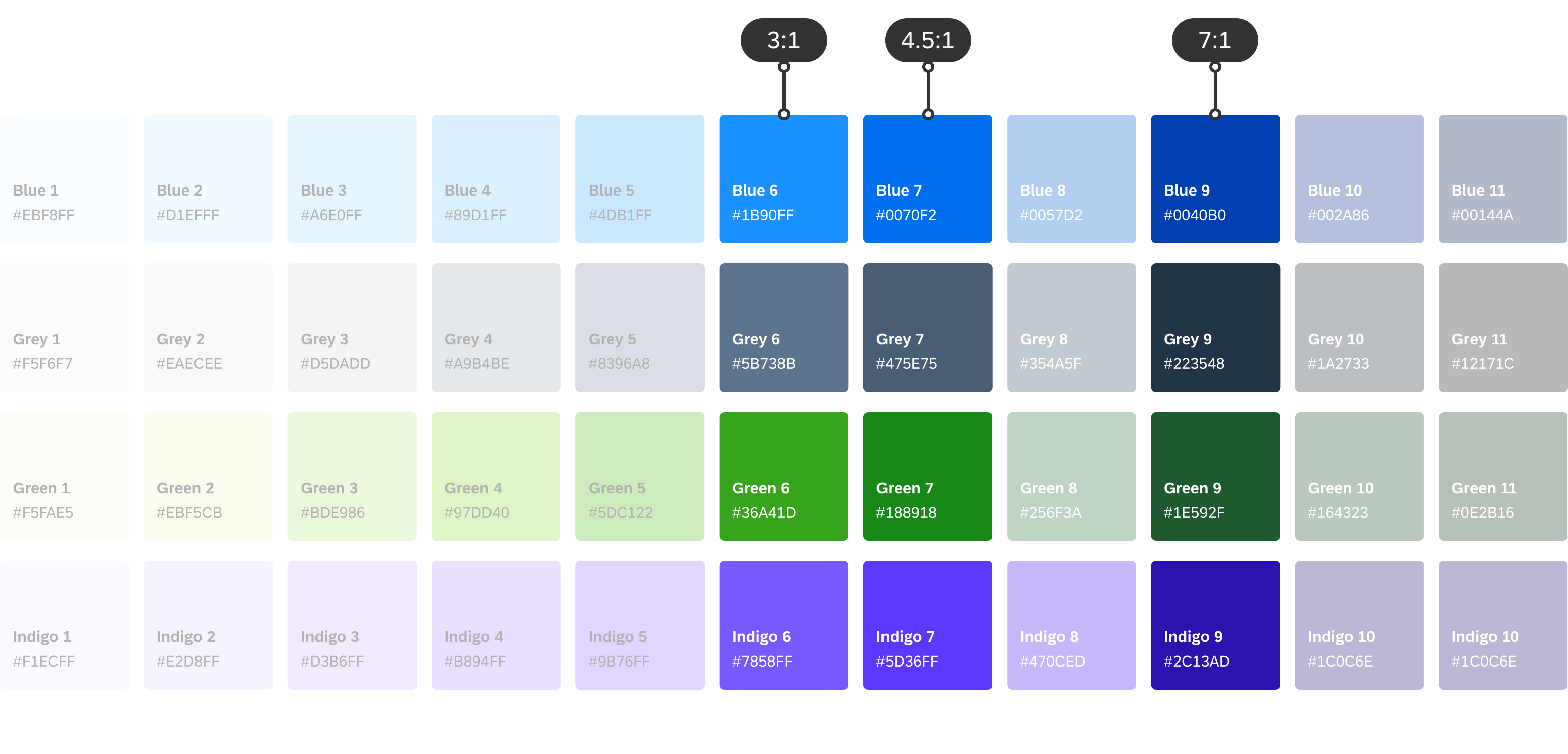
Source: SAP
5. Keep the emojis to a minimum
We love an emoji, but when they’re overdone it can be very frustrating for those with a vision impairment. Every emoji has a description assigned to it and sometimes emojis are used to convey something different to its literal meaning. For example, using emojis as bullet points.
All content needs to be accessible, especially content about accessibility. Resources about accessibility miss the mark if they are too dense, technical, or overwhelming. Accessibility has many layers and nuances, but content about accessibility still needs to be accessible.
— Accessibility Awareness (@A11yAwareness) July 1, 2024
By incorporating accessibility to your social media strategy, you can make your channels a more welcoming and inclusive space for people with a disability.
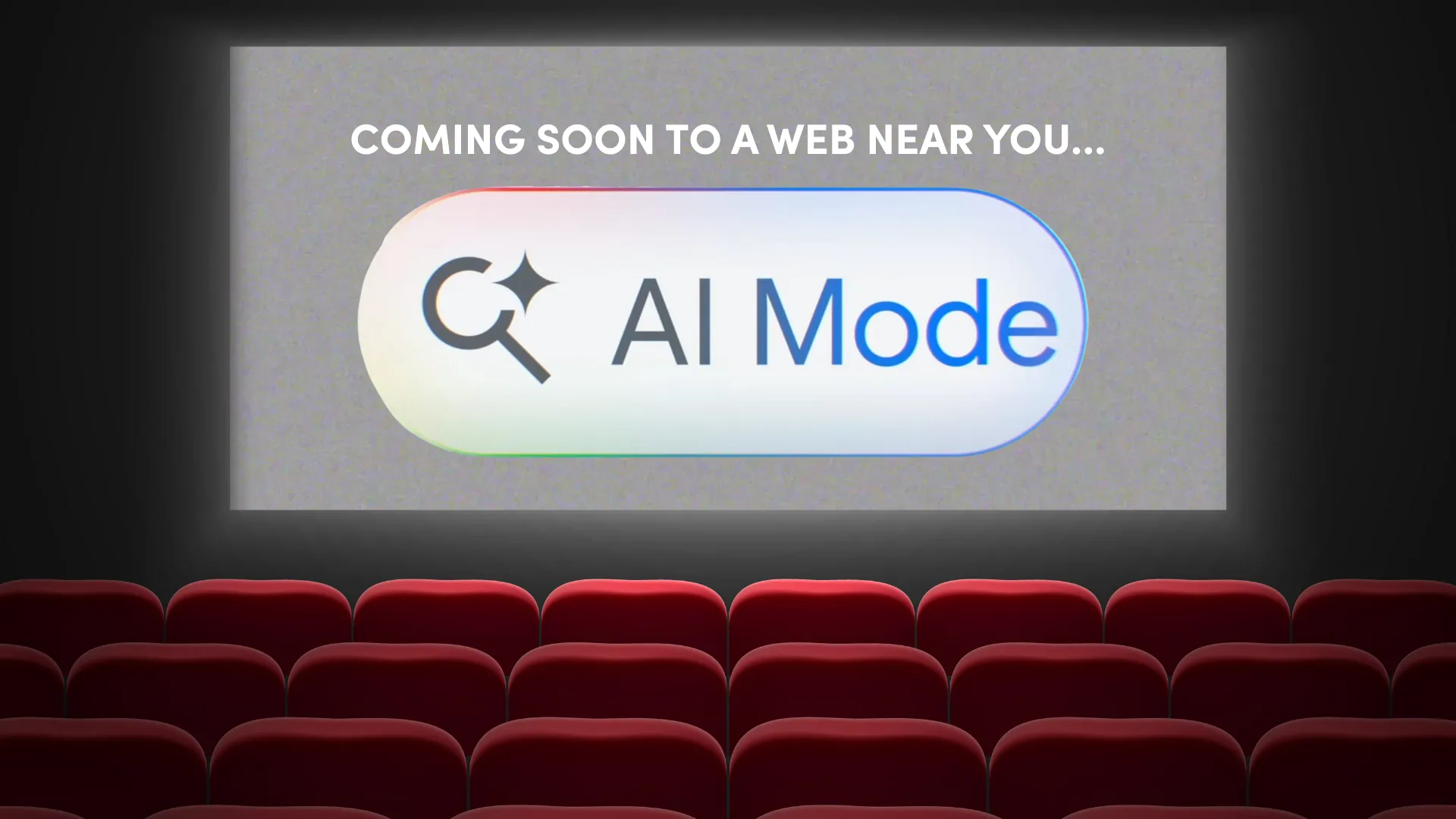
Google has started rolling out its brand-new AI Mode in countries like the United States, India, Canada and even New Zealand - but not yet in Australia. [...]

For years, Search Engine Optimisation (SEO) was the golden rule of digital marketing. Optimise keywords. Earn backlinks. Climb the rankings. But the way people find answers is [...]

A billion searches were made on ChatGPT last week alone. Now, OpenAI is turning those queries into a powerful new retail experience. ChatGPT recently launched its AI [...]

Google’s AI Overviews are reshaping search by pulling answers from the places people are actually talking: Reddit, YouTube, Quora and other community-driven platforms. According to new data [...]

Google has started rolling out its brand-new AI Mode in countries like the United States, India, Canada and even New Zealand - but not yet in Australia. [...]

For years, Search Engine Optimisation (SEO) was the golden rule of digital marketing. Optimise keywords. Earn backlinks. Climb the rankings. But the way people find answers is [...]

When you see a paid ad, nine times out of ten, you're probably not clicking on it. Instead, you'll likely hop over to Google, search the brand [...]

In digital advertising, audience targeting has always been both an art and a science. But what if the science just got smarter - a lot smarter? We’ve [...]
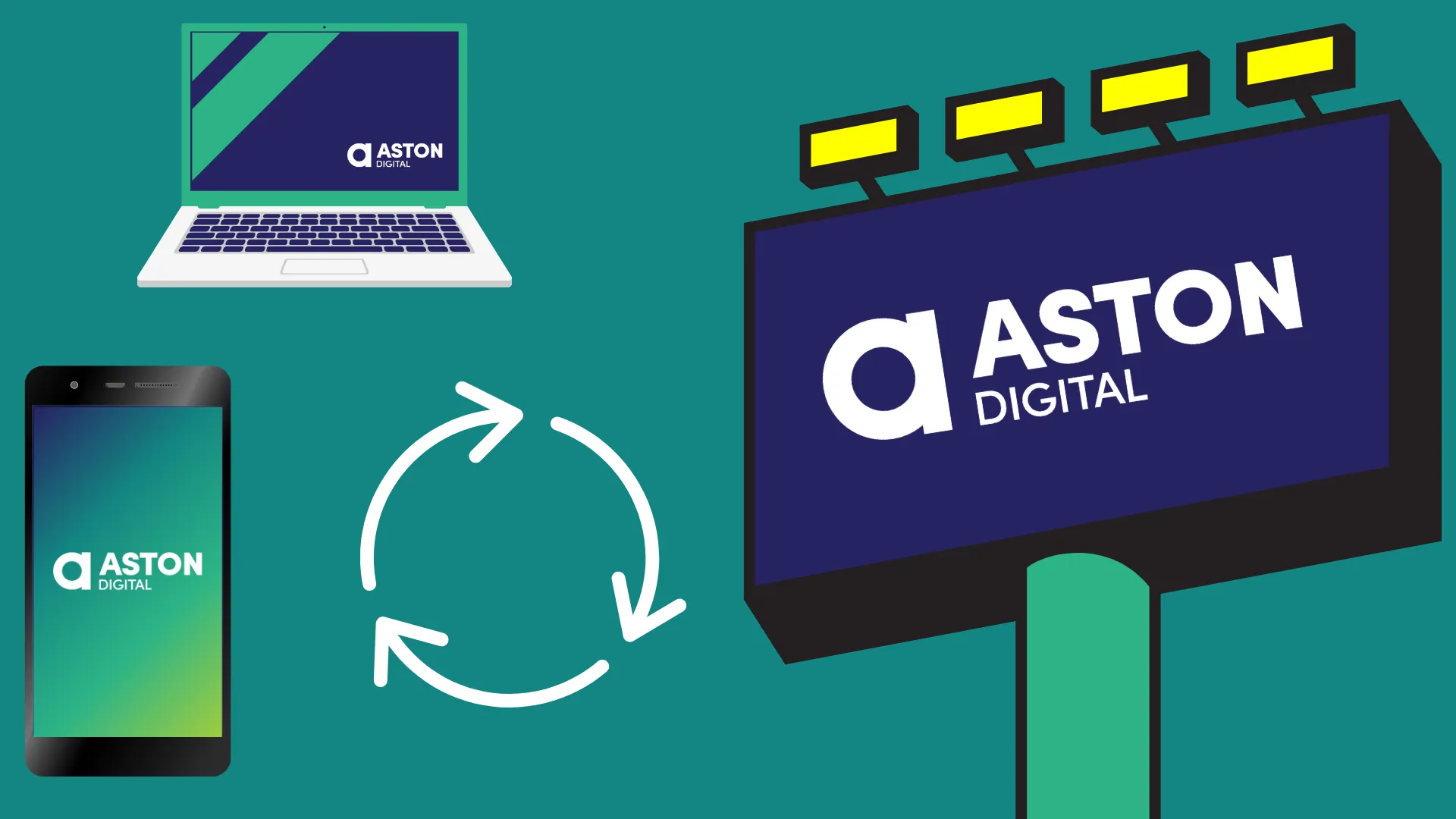
With attention spans getting shorter and competition fiercer, brands are constantly searching for that magic formula to stand out. But the answer isn’t always a bold campaign [...]

A billion searches were made on ChatGPT last week alone. Now, OpenAI is turning those queries into a powerful new retail experience. ChatGPT recently launched its AI [...]

Google’s AI Overviews are reshaping search by pulling answers from the places people are actually talking: Reddit, YouTube, Quora and other community-driven platforms. According to new data [...]
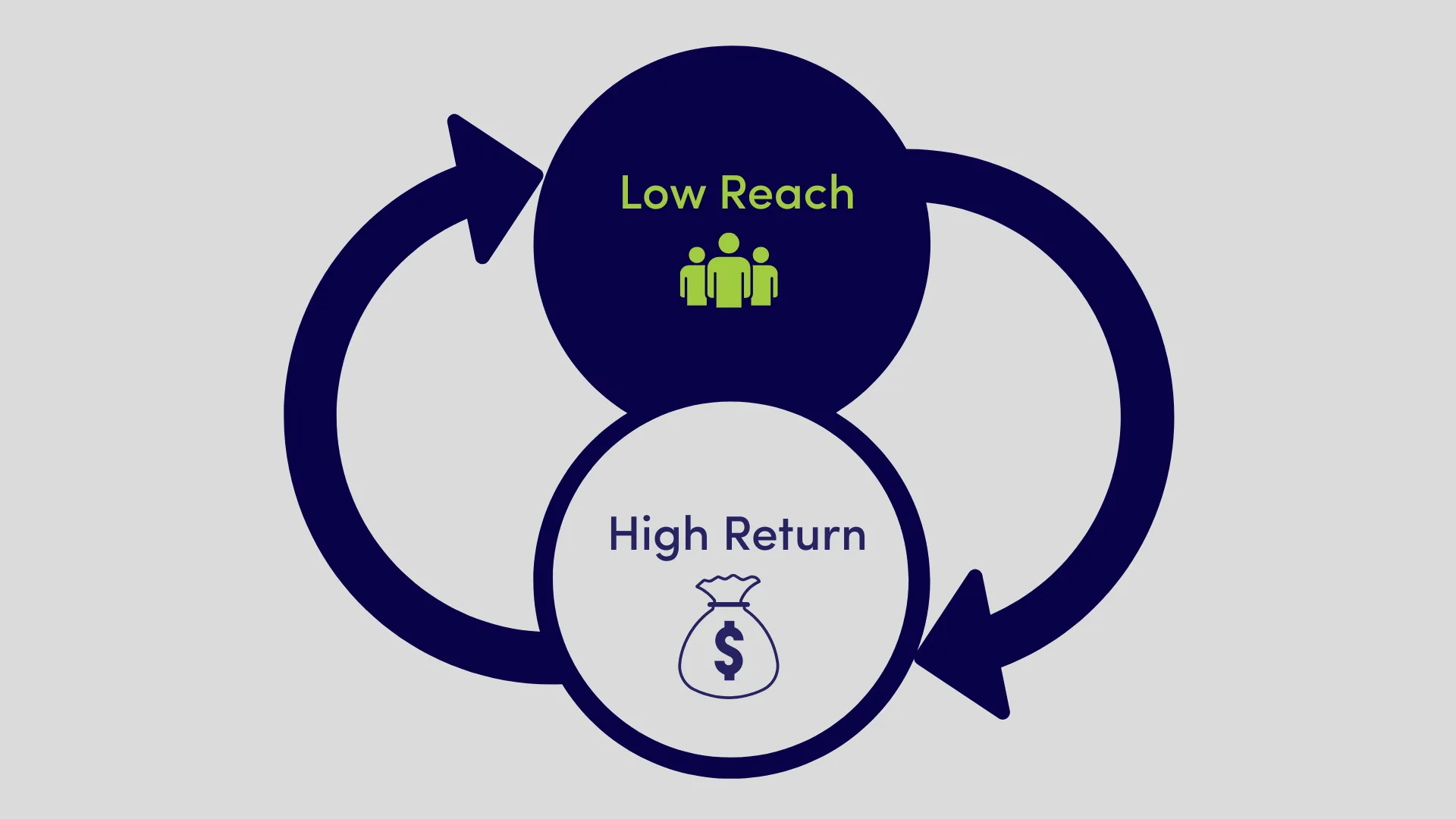
We recently posted a simple promotion on a client’s social media account. It was about a niche product - nothing flashy, not designed to go viral, just [...]
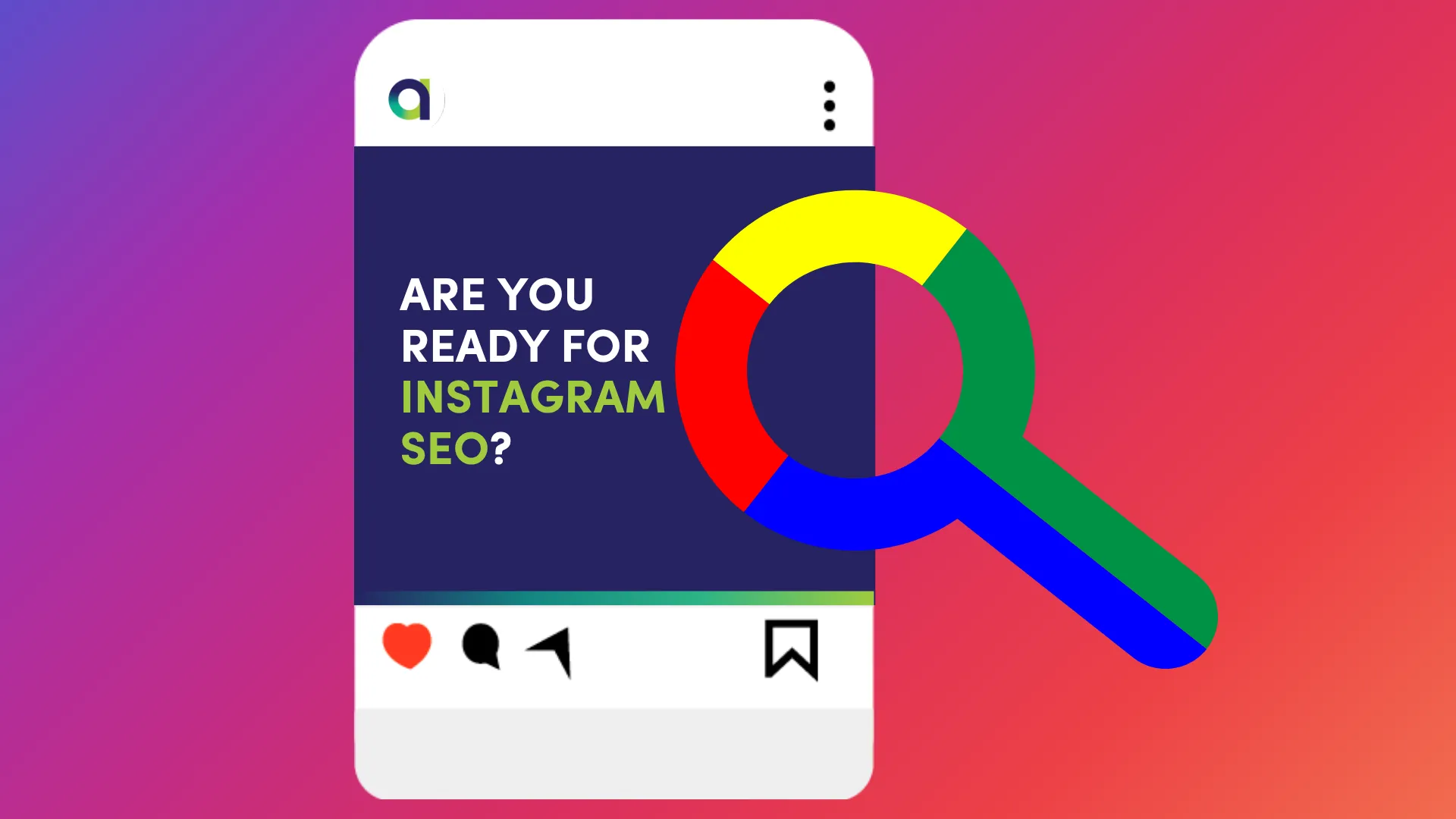
Starting July 10, 2025, public posts from professional Instagram accounts will start appearing in Google search results. That means your photos, Reels and videos could soon show [...]
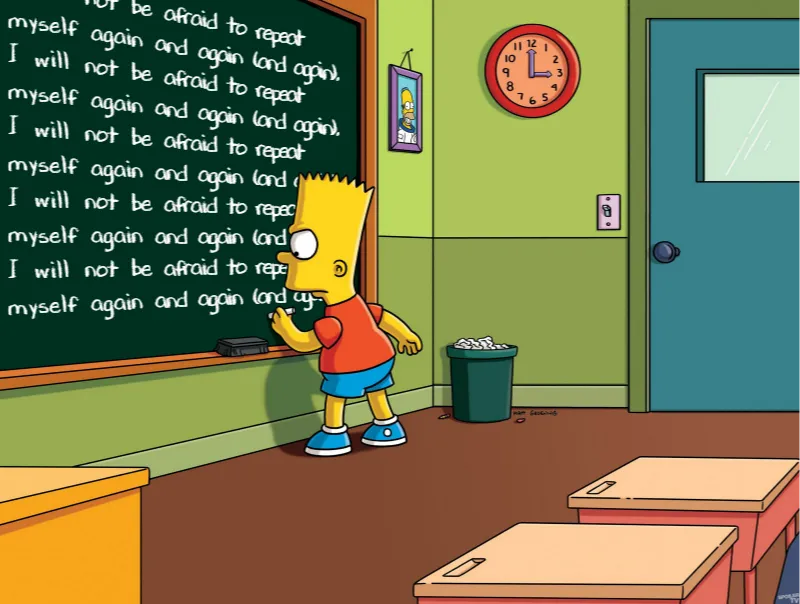
One of the most common concerns we hear from clients is: “I feel like we’re repeating ourselves too much.” They worry that saying the same message more [...]

